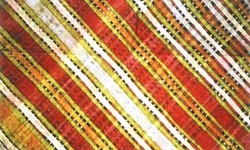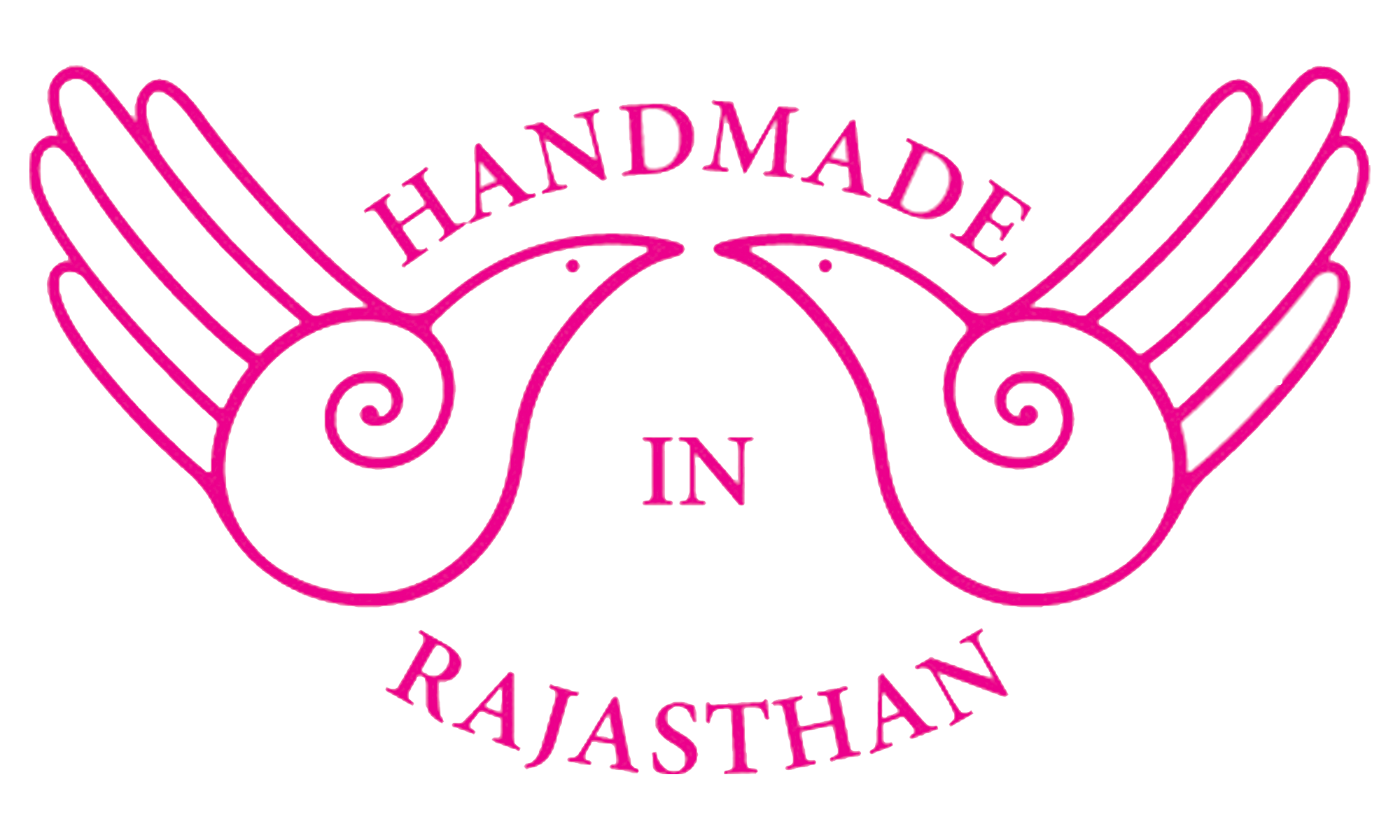- Home
- About US
- Art and Craft
- Artisans
- Master Crafts Persons
- Supporting Institutions
- News and Events
- Schemes
- Contact us
- Contact

An additional dyeing using the leheria technique produces mothara. In the making of mothara, the original resists are removed and the fabric is re-rolled and tied along the opposite diagonal. This results in a checkered pattern with small undyed areas occurring at regular intervals. The undyed areas are about the size of a lentil, hence the namemothara (moth means lentil in Hindi)
textile industry in India has a colourful history consisting of a diverse rangeof techniques and traditions. Tie and dye, orbandhani, is derived from Sanskrit word 'bandh", meaning 'to tie' and is one of the most popular andwidespread textile arts of India extending across the country from the statesof Gujarat and Rajasthan. Bandhani, in fact, is the name given to thecharacteristic feature on Indian tie and dye. It refers to the small dot foundin the centre of square or circle motifs, caused by the penetration of the dye.The lack of this dot indicates that a tie and dye item was mechanically-printed nd not produced using traditional Indian techniques.
Tie and dye is just as the name suggests, first involving the tying of the fabric, sually cotton or silk, with thread at certain points and then submerging it into colourful dyes to create a range of patterns. This practice ensures that no two tie-dyed cloths are the same, making each product truly one of a kind. The tie and dye technique is also largely used in ikat and batik textiles longside other traditional techniques. The bandhani saree, one of many tie and dye garments, is a symbol of married life for many women. It is egarded as an item of great splendour that promises the bride a good uture. A gharchola is a saree woven with gold or silver zari thread and
embellished with bandhani that a man gives his bride, and the tie-dyed veil worn by the bride is known as a chunri.
There are various methods used in the tie and dye process that create distinct patterns of the same name. The leheriyamethod is commonly used in the production of sarees and turban cloths using fine fabrics such as muslin, a cotton fabric consisting of a plain weave. Today tie and dye is colloquially known as tie-dye and modern day techniques and designs have derived from not only India but from other cultures where the textile art have historic prominence, such as Indonesia, Nigeria, Thailand's mudmee and Japan's shibori.
tie-dye is perhaps most closely identified with the American counter-cultural movement of the 1960s. As this dyeing technique allows for the abstract concept
of limitless expression in creations of captivating bursts of colours and patterns, its appeal to the movement is clear and continues to be an artistic outlet for skilled craftsmen. Bandhani produces various patterns such as leheriya, mothra, ekdali and shikari, depending on how the fabric is tied. Modern times have seen the substitution of cheaper cotton fabrics. Technological advancement and the use of eco-friendly synthetic dyes have caused a change in production time and quantity, resulting in a rise in competition and a reduction in price. Tie and dye items that make use of high quality cotton or silk fabrics are exquisite in both detail and craftsmanship nd allow skilled craftsmen, each with his own creative individuality, to make use of both contemporary and conventional techniques.

